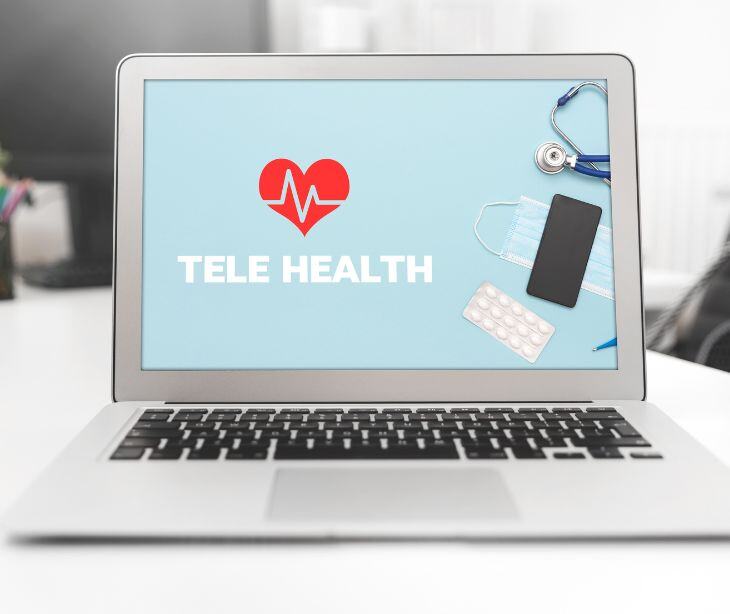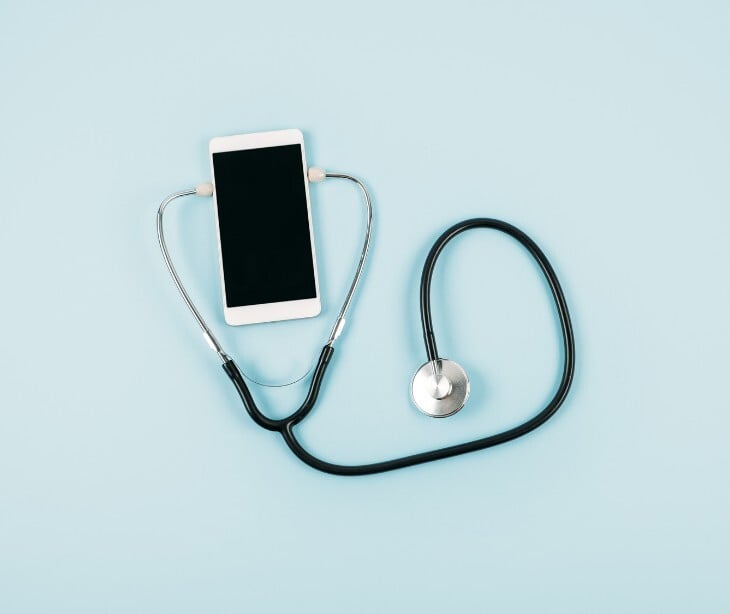2 min read
Integration of customer relationship management systems and telehealth
Tshedimoso Makhene
July 01, 2024

According to Faye, streamlining the patient journey plays a major role in telehealth's success, which can be achieved through integration with customer relationship management (CRM) systems. By serving as a centralized platform for all patient interactions, CRMs enhance their overall efficacy. Introducing such integration between telehealth services and CRM significantly improves healthcare delivery by boosting patient engagement levels, streamlining operations, and ensuring better coordination of care efforts.
Benefits of integrating CRM with telehealth
Improved patient engagement
- Personalized communication: CRM systems can store detailed patient information, enabling personalized communication and follow-ups through telehealth platforms.
- Automated reminders: Automated appointment reminders, follow-up messages, and health tips can be sent via email, SMS, or app notifications, reducing no-show rates and enhancing patient compliance.
Enhanced care coordination
- Centralized patient data: Integration ensures that all patient interactions, whether in-person or virtual, are recorded in a single system, providing a comprehensive view of patient history.
- Seamless referrals: Easy sharing of patient data and history with specialists or other healthcare providers within the telehealth platform.
Operational efficiency
- Streamlined scheduling: Automated scheduling and rescheduling of appointments, reduces administrative burden and minimizes errors.
- Efficient billing and payments: Integrated billing systems can streamline the process of insurance claims, patient billing, and payment collection.
Data analytics and reporting
- Improved insights: Detailed analytics on patient interactions, appointment trends, and health outcomes help in making informed decisions and improving services.
- Performance tracking: Monitoring key performance indicators (KPIs) such as patient satisfaction, response times, and treatment outcomes.
Challenges and considerations
Although beneficial, the integration of telehealth and CRM may bear its own challenges, which include:
- Data integration complexity: Combining data from different sources can be complex and may require significant IT resources and expertise.
- User adoption: Ensuring that healthcare providers and administrative staff are comfortable and proficient with the new integrated system is crucial for success.
- Cost: The integration process can be costly, involving software, hardware, and training expenses.
Steps to integrate CRM with telehealth
Having gone through the pros and cons of this integration, here are the steps to follow when integrating CRM with telehealth:
- Assess needs and set goals: Identify the specific needs of your healthcare organization and set clear goals for what you aim to achieve with the integration (e.g., improved patient satisfaction, reduced operational costs).
- Choose the right CRM and telehealth platforms: Select CRM and telehealth platforms that are compatible or offer integration capabilities.
- Ensure data security and compliance: Implement robust security measures to protect patient data and ensure compliance with regulations such as the Health Insurance Portability and Accountability Act (HIPAA) and the General Data Protection Regulation (GDPR).
- Implement integration solutions: Use application programming interfaces (APIs) to facilitate data exchange between CRM and telehealth systems.
- Train staff and test the system: Provide comprehensive training to healthcare providers and administrative staff on using the integrated system. Conduct thorough testing to ensure the integration works seamlessly before going live.
- Monitor and optimize: Continuously monitor the performance of the integrated system and gather feedback from users to identify areas for improvement. Regularly update and optimize the system to keep up with evolving needs and technologies.
See also:
FAQs
In the context of healthcare, what is a CRM?
In healthcare, a customer relationship management (CRM) system is a tool used to manage interactions with patients, streamline processes, and improve the overall patient experience. It helps healthcare providers store and analyze patient information, manage appointments, send automated reminders, and facilitate communication between patients and healthcare providers.
Go deeper: What is healthcare CRM?
What are the costs associated with integrating CRM and telehealth systems?
Costs can include software licensing fees, hardware upgrades, integration services, training, and ongoing maintenance. The total cost will depend on the size of the organization, the complexity of the integration, and the specific CRM and telehealth platforms used
What are some common pitfalls to avoid during integration?
Common pitfalls include inadequate planning, underestimating the complexity of data integration, lack of staff training, failure to ensure compliance with data privacy regulations, and not allocating sufficient resources for ongoing maintenance and support.
Subscribe to Paubox Weekly
Every Friday we'll bring you the most important news from Paubox. Our aim is to make you smarter, faster.




